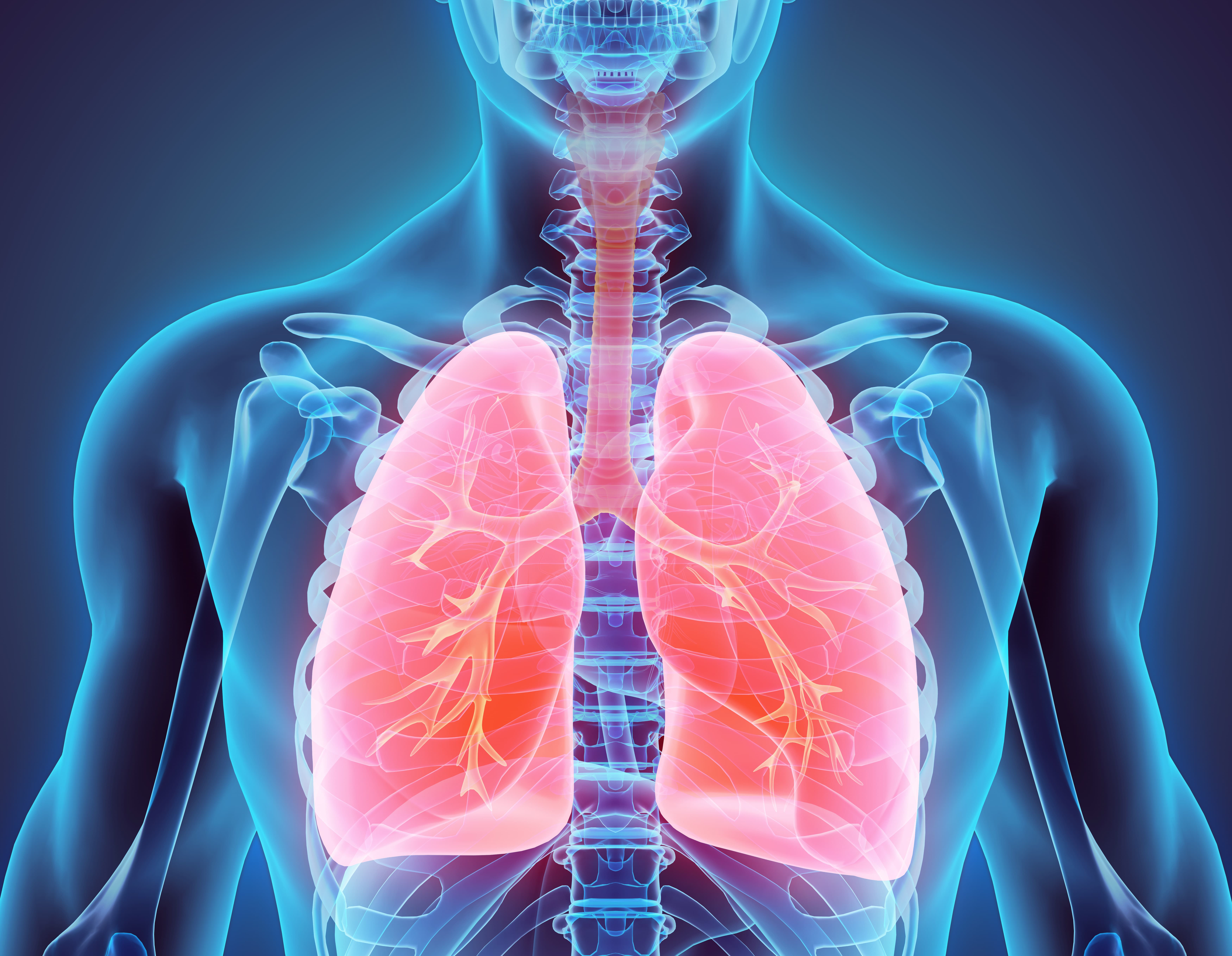
Researchers in Italy describe their findings indicating the combination of type 2-high severe asthma and bronchiectasis should be considered an emerging phenotype.
Recent advances have led to endotyping of asthma by levels of type 2 inflammation (T2) into high and low subtypes.
T2 inflammation, mediated by cytokines such as interleukin-4 (IL-4), IL-5, and IL-13, occurs in most patients with asthma. Type 2-high severe asthma (T2-SA) is often linked with several comorbidities. Bronchiectasis, a chronic lung condition where the large airways become wider and more inflamed, is one of these, according to a recent report.
The combination of the 2 is considered an emerging phenotype of severe and difficult-to-treat asthma; the prevalence of bronchiectasis is significantly higher in severe asthma (range 24% to 47%) than in mild-to-moderate asthma (3%). One hypothesis is that the long-term eosinophils-mediated inflammatory damage in T2 asthma creates tissue changes and airway remodeling, giving rise to bronchiectasis.
Researchers in Italy conducted a prospective observational multicenter study between December 2018 and December 2019 in order to understand more about this combination and shared their findings in a report published in the Journal of Asthma and Allergy.
Investigators included data on exacerbations, pulmonary function, scores from the Asthma Control Test (ACT), chronic mucus hypersecretion (CMH), chronic rhinosinusitis (CRS), OCS dosage, eosinophils in peripheral blood, and fractional exhaled nitric oxide (FeNO) value.
Consecutive patients in 2 outpatient centers were included if they had:
- T2-SA, as defined by a blood eosinophil count ≥150 cells/μL, and/or
- (FeNO) value of ≥20 ppb, and/or
- Sputum eosinophils ≥2%, and/or
- Allergic asthma and/or need for oral corticosteroids (OCS) for maintenance
Asthma diagnosis was confirmed with a positive bronchial reversibility test; SA was defined according to the European Respiratory Society/American Thoracic Society guidelines, and T2-SA assessment criteria were aligned with the Global Initiative for Asthma 2019 report.
In addition, all patients had high-resolution chest tomography (HRCT) performed to confirm bronchiectasis.
The Bhalla score was used for radiological assessment of patients with bronchiectasis and T2-SA; a lower score indicates more severe radiological bronchiectasis. The Bronchiectasis Severity Index (BSI) was also calculated.
A total of 113 patients (mean [SD] age 55 [11] years, 59.3% female) were enrolled in the study.
Investigators found:
- Bronchiectasis was confirmed in 50/113 (44.2%) patients with T2-SA
- CRS and CRS with nasal polyps [wNP] were more prevalent in patients with both conditions vs T2-SA alone (CRS: 42/50 [84%] vs 37/63 [58.7%]; P = .004); and (CRSwNP: 27/50 [54%] vs 27/63 [42.9%]; P = .0165)
- Patients with both conditions also reported more CMH compared with T2-SA alone (29/50 [58%] vs 15/63 [23.8%], P = .0004)
- Patients with both conditions were more frequently using chronic OCSs (28/50 [56%] vs 22/63 [34.9%], P = 0.0357), and patients also experienced more exacerbations/year (10 [4–12] vs 6 [4–12], P = .0487)
Using multivariate logistic regression analysis, the presence of CRS, CMH, and daily OCS use were linked with bronchiectasis with a 78% (95% CI, 69–88) accuracy.
For the findings about bronchiectasis, researchers found mild severity, as the
median Bhalla score was 18.3 (16–20); the median BSI was 6 (4–8) and 6/50 (12%) had a BSI score ≥9, indicating clinically severe disease.
Researchers also found a significant inverse linear relationship between BSI and ACT scores, and 2 measures of pulmonary function (forced vital capacity and forced expiratory volume in 1 second).
The findings, the researchers said, call for a mandatory chest HRCT when a diagnosis of T2-SA is made, particularly when there is co-occurring CRS, CMH and chronic use of OCS.
Type 2 inflammation could play a role in the development of bronchiectasis, so early detection of bronchiectasis may be crucial to improve outcomes, the authors said.
Reference
Crimi C, Campisi R, Nolasco S, et al. Type 2-high severe asthma with and without bronchiectasis: a prospective observational multicentre study. J Asthma Allergy. Published online November 30, 2021. doi:10.2147/JAA.S332245
"severe" - Google News
February 18, 2022 at 10:30PM
https://ift.tt/ujSdDCR
Type 2-High Severe Asthma and Bronchiectasis: A New Phenotype? - AJMC.com Managed Markets Network
"severe" - Google News
https://ift.tt/bNikpvA
Shoes Man Tutorial
Pos News Update
Meme Update
Korean Entertainment News
Japan News Update
Bagikan Berita Ini















0 Response to "Type 2-High Severe Asthma and Bronchiectasis: A New Phenotype? - AJMC.com Managed Markets Network"
Post a Comment